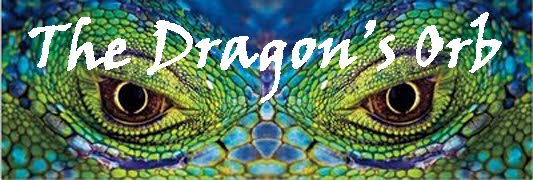The pictographic image you see is a hand (the radical on the left side)stacking up two pieces of soil. I can divine in the picture and see the man constructing something, perhaps building a rock garden, or defenses for someone to trip on. Perhaps he is setting up a boulder like the Wiley Coyote to push down upon speeding birds.

In the Japanese language we find this is a very complicated character to divine meaning from. The dictionary definition is to 'set or hang'. In combination various meanings can be made from the kanji such as: spread (to spread a quilt), Set one's body down (sitting into a chair), pour or sprinkle, set into motion, turn on, start, operate, pose (put on a stage), exert influence on, impose, hang up, suspend, fasten onto, fasten one mind upon, lock (like a window), hang, suspend, in the process of, splash, lean against, be caught, be trapped, weigh on one's mind, depend on, hinge upon, attack, be on the verge of.....and many more.
The magician side of me likes this character because it creates on optical illusion in this style of tensho. When you get repeating lines intersecting at right angles it plays a funny trick on the eyes. Most people will see gray spots form at the intersections. Presto!
Another point of magical interest on Chinese characters. Early symbols were originally developed from a system of magic. Crude characters were carved into bones and turtle shells and used by shamans as a system of Chinese voodoo. Even some modern calligraphy masters that I had the pleasure to write and drink with believe that these characters contain KI/CHI. Eventually this system of magic become more pragmatic and evolved into a useful written language.







No comments:
Post a Comment